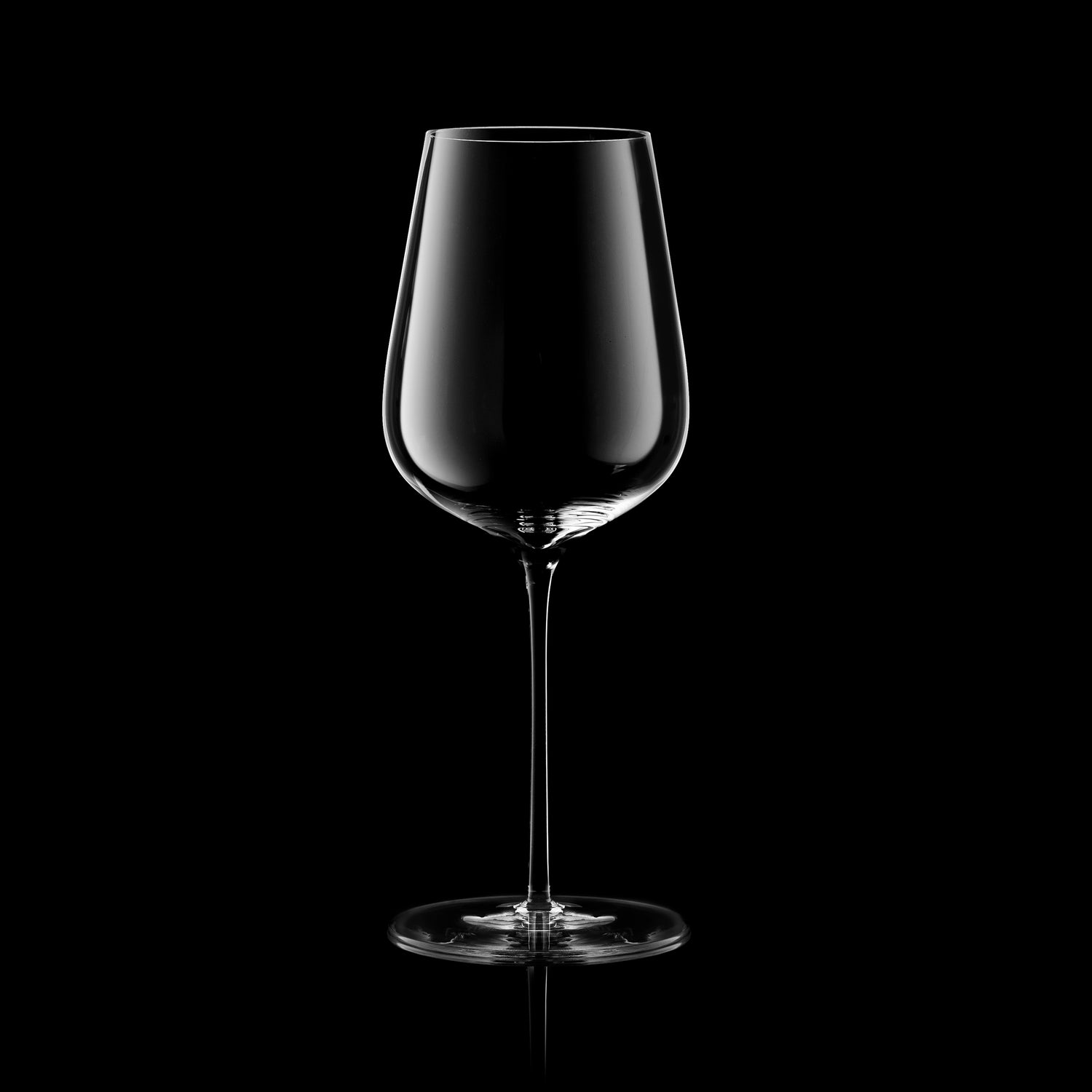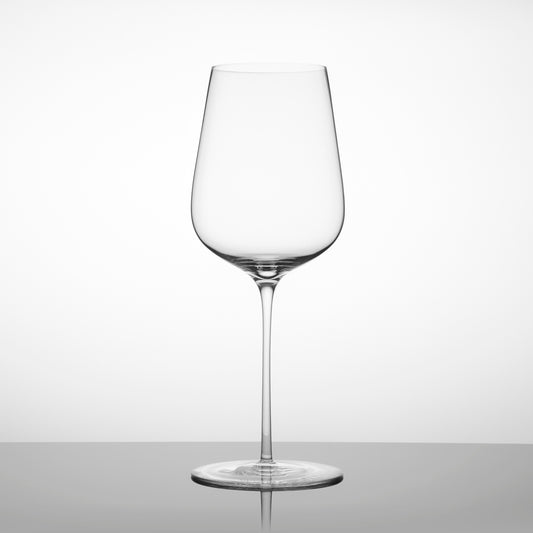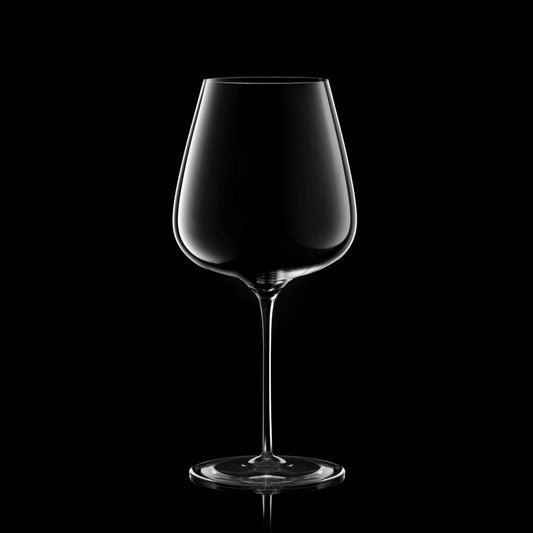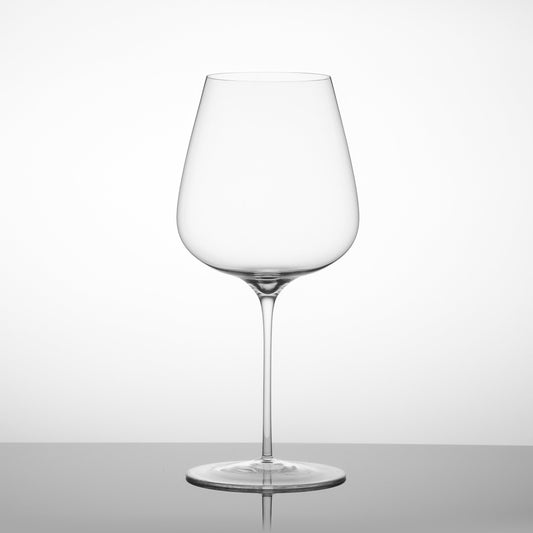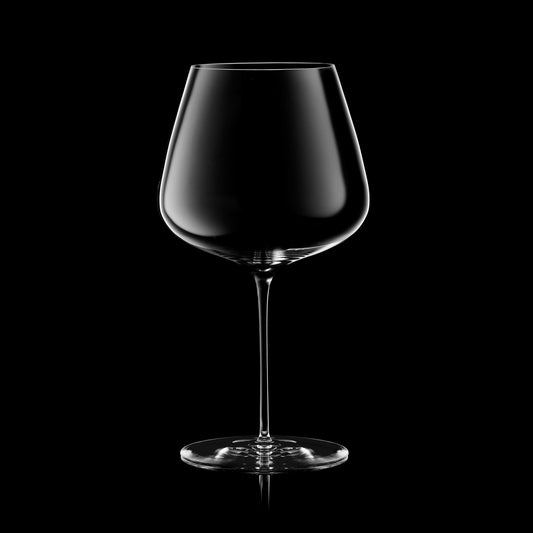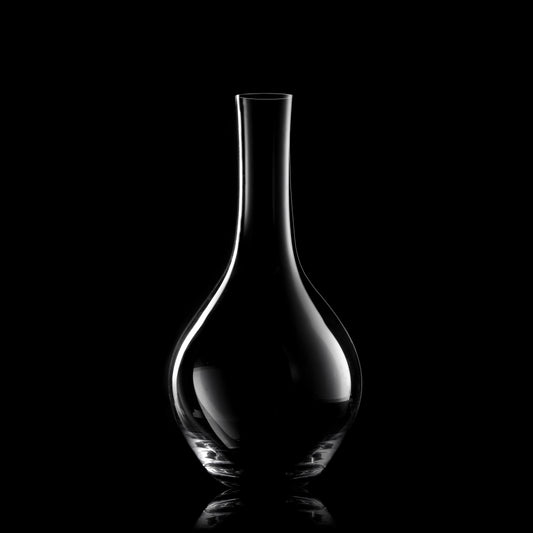Thin stems are the reason handblown wine glasses break so much more frequently than other glasses.
There is a good reason for it.
Stem Diameter
High end wine glasses all have a stem diameter between 4 and 5mm. This is the point where the thumb and index finger when pushed together can fully enclose the stem, given the wine drinker perfect control of the wine glass.
Stems break during shipping, and a stem that is 4mm is much more likely to break than 5mm. Of course, we send new stems whenever this happens, so it’s really a non-issue. In a dishwasher, a stem will almost never break. Stems often break when hand washing accidentally. This is why we do not recommend hand washing.
Glasvin stems will range from 4.3 to 4.8mm in diameter, which is the same as the stem diameters of JR, Gabriel and Zalto.
A recent measurement by our quality control team showed stem sizes of 4.3, 4.3, 4.4, 4.5, 4.7, 4.8.
Some handblown glasses are closer to 5mm in diameter, which reduce breakage but enjoyment begins to decline around this range.
Weight
A universal handblown glass typically has a weight of approximately 100g. This is about half of a normal machine-made glass. The weight below this level is not entirely important because the weight of the wine begins to overwhelm. For example, say you have a 125mL pour of wine, a 30g difference in the glass represents only a 13% difference in weight. The lightest glass on the market is the Gabriel (86g). Glasvin have a weight of around 100g, partially because it has a heavier base to help balance the glass when there is wine inside. Larger glasses can be heavier - the Zalto Bordeaux and Burgundy is 120-130g - and are perfectly enjoyable.
